Unlocking the Extraordinary: Trains’ Profound Impact on Children’s Play
In the early 19th century, a groundbreaking invention revolutionized travel and rewrote the course of history. Truly creating a major impact of toy trains on children’s play. Indeed, the Liverpool and Manchester Railway, greenlit by an Act of Parliament in 1826, marked the genesis of passenger railways, altered the landscape forever. Merely a decade later, the South Eastern Railway Act passed, propelling a rapid expansion of the rail network.
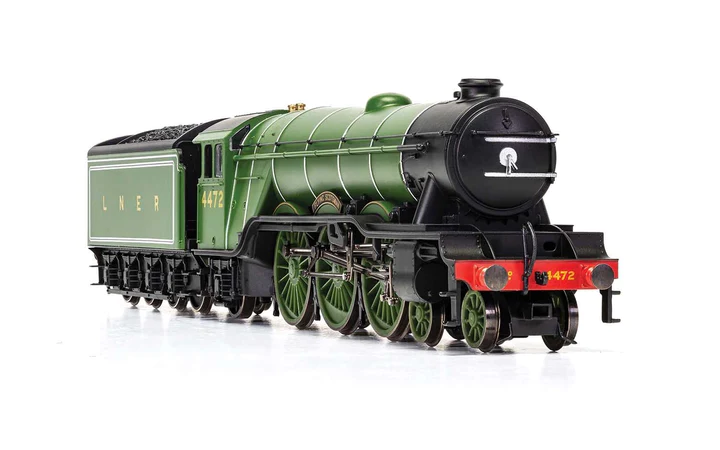
Early Railways: Catalysts of Transformation
In these foundational years, railways sparked seismic societal shifts. Indeed, road transport stood no chance against the unmatched efficiency and pocket-friendly nature of railways. An 1832 essay scrutinized the disparities between road and rail travel from Liverpool to Manchester, underscoring the stark divergence. For example, the same journey devoured four hours via road, demanding a princely sum of 10 shillings for a coach seat or 5 shillings for an outside spot. In contrast, the iron horse covered the identical distance in a mere one and three-quarter hours, at a mere 5 shillings for an inside seat and 3 shillings 6 pence for an outside perch. As a result, the savings in time and money left an indelible mark, transforming children’s play and their imaginative adventures.
Revolutionary Impact of Toy Trains: From Mail Transport to Urban Landscapes, How Railways Transformed the Nation
The Post Office, ever astute, seized the early opportunity, commencing mail transport via railways as early as 1830, when the Liverpool and Manchester Railway first chugged to life. By 1838, letter-sorting carriages were inducted, revolutionizing mail transportation and proving that railways had not only revolutionized transportation but had also transformed the dynamics of children’s play. Similarly, the swift transition slashed government expenses by two-thirds, a testament to railways’ resounding efficiency.
During this period, railway expansion was meteoric. Between 1826 and 1836, an astounding 378 miles of tracks materialized, making travel not just faster and more comfortable but also more affordable. Additionally, railways fostered leisure travel, nourishing the growth of seaside resorts. More intriguingly, they birthed the concept of commuting, reshaping the landscapes of cities and permitting people to live farther from their workplaces. Notably, railways even fuelled the growth of cities by enabling the cost-effective transport of essentials like food, bricks, and building materials. Certainly the plummeting freight costs for hefty materials such as coal and minerals reverberated through various industries. Thus, optimizing the transportation of finished goods across the nation.

Pioneering the Age of Toy Trains and Their Influence on Children’s Play
As rail travel gained popularity, it kindled a new fascination among children and adults. The rise of steam travel and industrial mass production kindled the birth of thrilling new toys. The 19th century witnessed a turning point in play, powered by mechanical wind-up toys. Industrial advancements in gear and mechanism production made these toys more affordable, giving birth to autonomous toys that could be wound up to embark on whimsical adventures.
In the mid-19th century, as the world marvelled at the burgeoning realm of real trains, the first toy trains emerged. Thereby, igniting a massive Impact of toy trains on children’s play. These early models spanned from simple cast iron or lead replicas with static wheels to the more audacious miniature steam models, playfully dubbed ‘Birmingham dribblers’ for their knack of adding fiery excitement to their owners’ floors and furnishings.
Era of Customizable Toy Train Sets and Their Transformative Effect on Children’s Play
However, these early toy trains were solitary entertainers, incapable of evolving into an interconnected track system. Enter Marklin, the German toymaker, that revolutionized the scene. Drawing on their expertise in crafting expandable dollhouses, Marklin introduced the inaugural customizable train track sets in 1891. These sets featured mass-produced ‘tinplate’ trains and standardized gauges, empowering enthusiasts to construct expansive and perpetually evolving layouts.
The legacy of toy trains perseveres through the years. Iconic figures like Thomas the Tank Engine keep the flame of childhood wonder alive, while vibrant hobbyist communities captivate detail-loving adult enthusiasts.
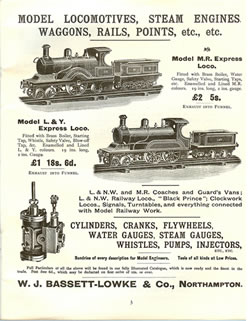
Innovations in Toy Train Play during the Victorian Era
In the Victorian era, the toy and model trains branched into various categories, spanning from live steam engines for the elite to pull-along trains in diverse materials, including penny toys crafted from lead and tin. The steam and clockwork engines could traverse floors or be arranged into rudimentary tracks, but the absence of an established system hindered the potential for these toy trains. Most of these playthings hailed from Germany, while Britain and France specialized in top-tier steam engines. Across the Atlantic, the United States leaned toward cast iron, distinguishing it from the tinplate trend in Europe.
The True Genesis of Toy Train Systems
The true turning point in toy train history was the launch of the inaugural complete toy train system by Marklin in 1891. While the initial models took inspiration from earlier creations, Marklin introduced standardized track gauges, pre-assembled track sections, locomotives, rolling stock, and accessories that could be perpetually expanded, echoing the fundamental principles of most successful toys, featuring a range of price points. As a result, the Impact of toy trains had arrived!
The Scale Effect and the Rise of Model Railways
Toy trains continued to evolve, giving birth to smaller scales like OO and HO gauge. The hobby of model railways took hold in the UK during the Edwardian era, with enthusiasts like W. J. Bassett-Lowke harnessing German toy trains, track, and mechanisms to craft more precise, scaled-down models. This era witnessed the inception of scales founded on Marklin gauges as the starting point. Furthermore, the very first model railway periodicals came to life.
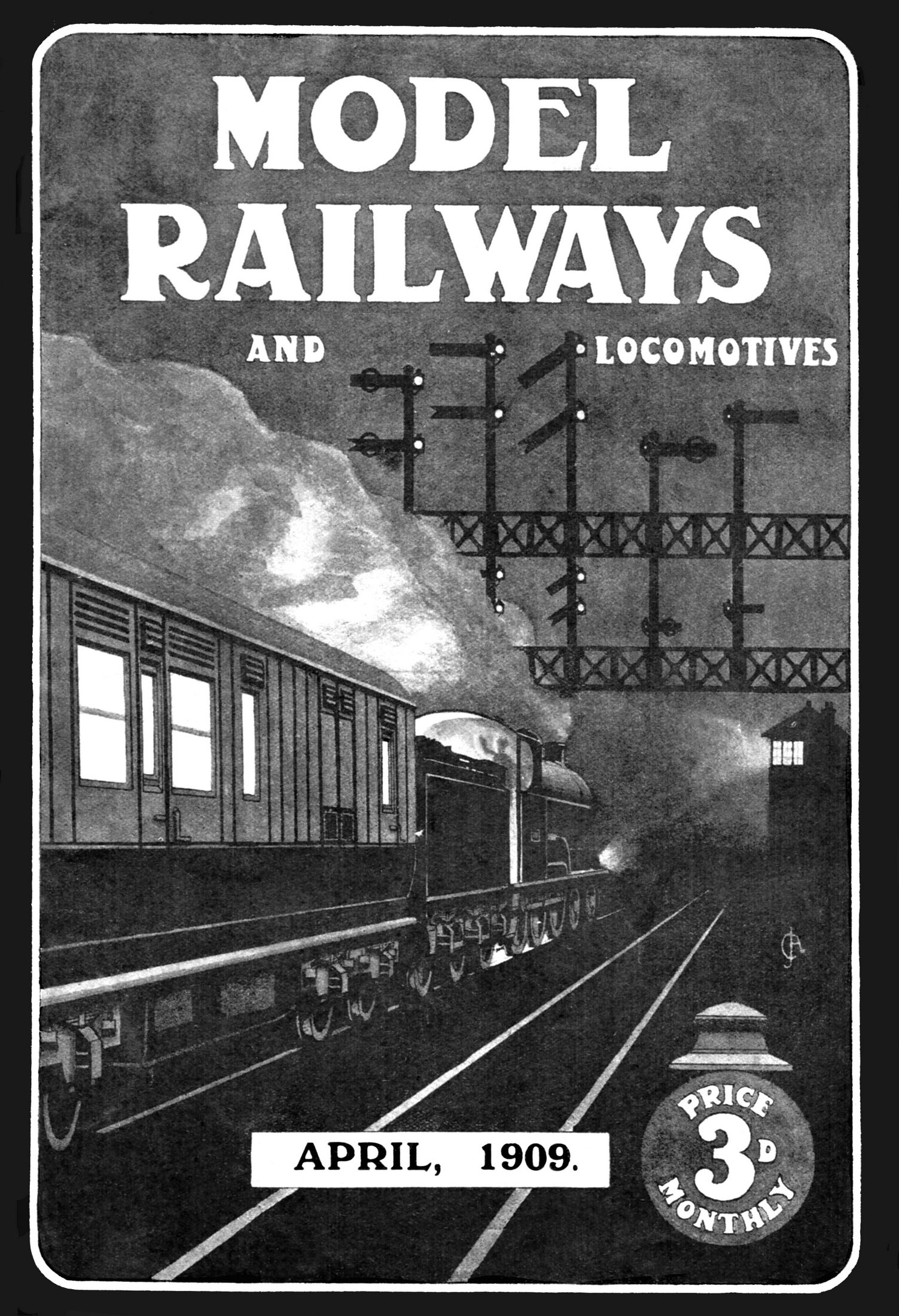
The Post-World War I Renaissance and the Ascendance of Model Railroading
In the aftermath of World War I, local toy train industries blossomed as Germany’s ability to export toys to major markets waned. Britain saw the rise of Hornby Trains, while JEP emerged in France. In the United States, Lionel, Ives, and American Flyer vied for the hearts and minds of American youth, and Marx served the working class with toy trains. The rest of Europe beckoned German manufacturers.
Modern Toy Trains: Adapting to New Realities
In the post-war era, the toy train industry underwent a significant transformation, particularly in the United States. Electric toy trains surged in popularity, integrating features such as smoke and action cars. Model railroading flourished, with a focus on HO scale trains. Toy trains embraced realism, mirroring the aesthetics of their full-sized counterparts. By the 1930s, second-generation OO and HO scale systems emerged, setting fresh standards for authenticity.
The Timeless Charisma of Toy Trains: Impact of Toy Trains on Children’s Play
Loved by generations, toy trains have endured the test of time. To be sure, the whole world loves the Flying Scotsman! Furthermore, Their infinite combinations of tracks and trains encourage children to partake in imaginative play, nurturing creativity and essential life skills. Today, they remain an enduring and timeless facet of our cherished playtime memories. From magical toddler pull along starter sets to sensational play packed large train sets and tables with farm animals, London theme and more.
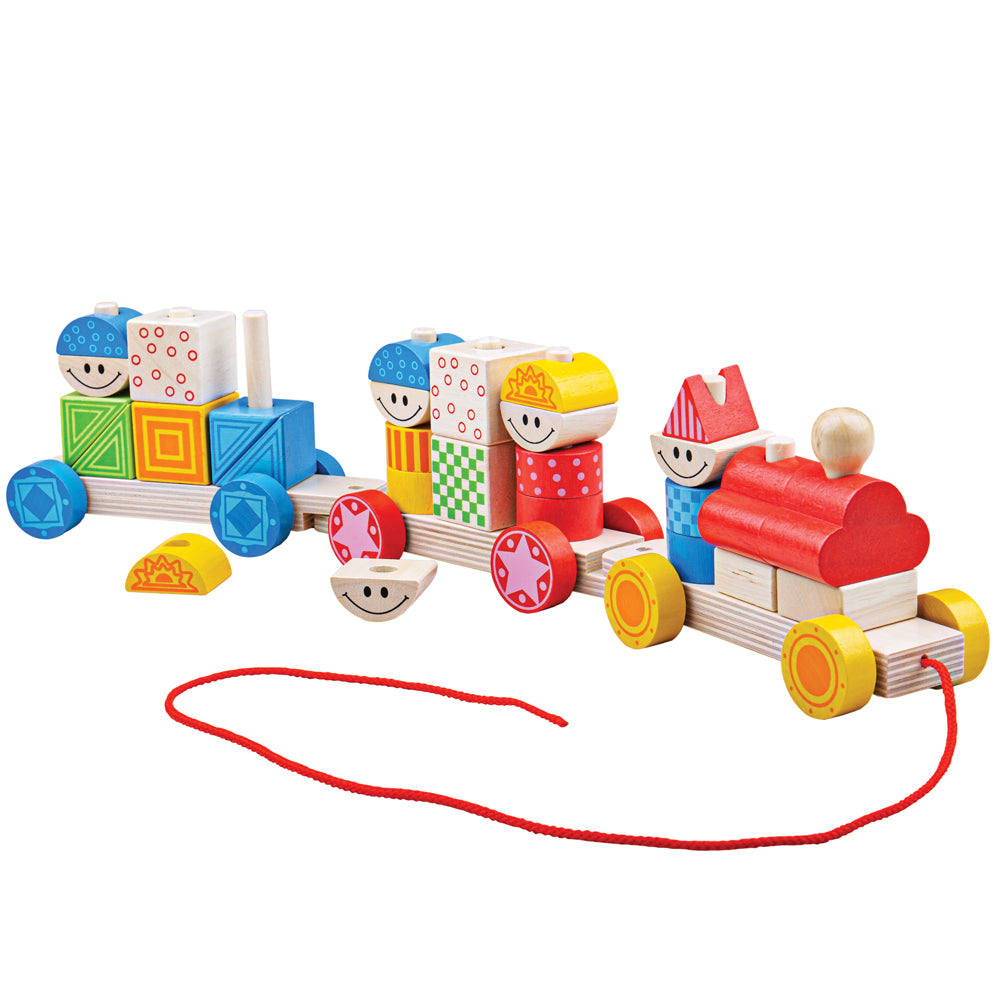
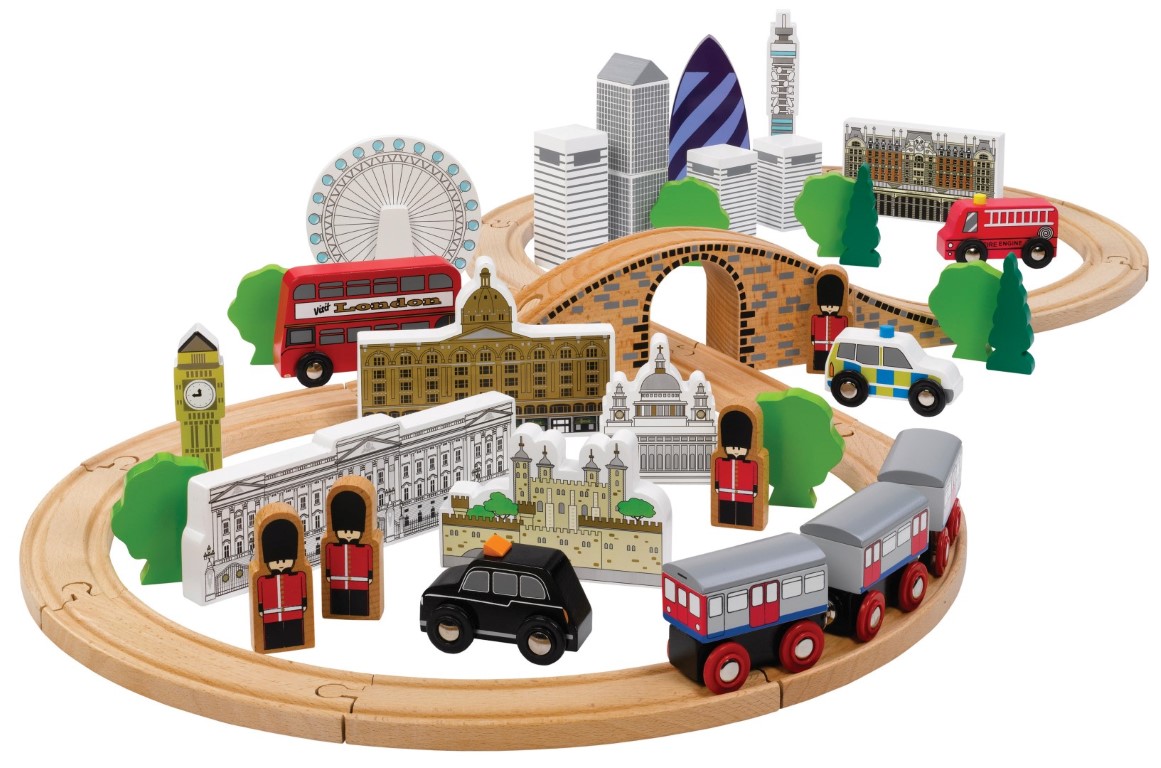
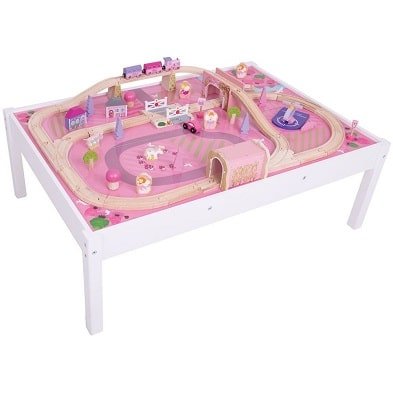
A Continuing Legacy
Trains, whether in museums, like the National Railway Museum, York. Or model railways, or as beloved toys, evoke nostalgia and joy. While the transportation landscape has evolved, the charm of toy trains remains undiminished, bringing delight to individuals of all ages.
